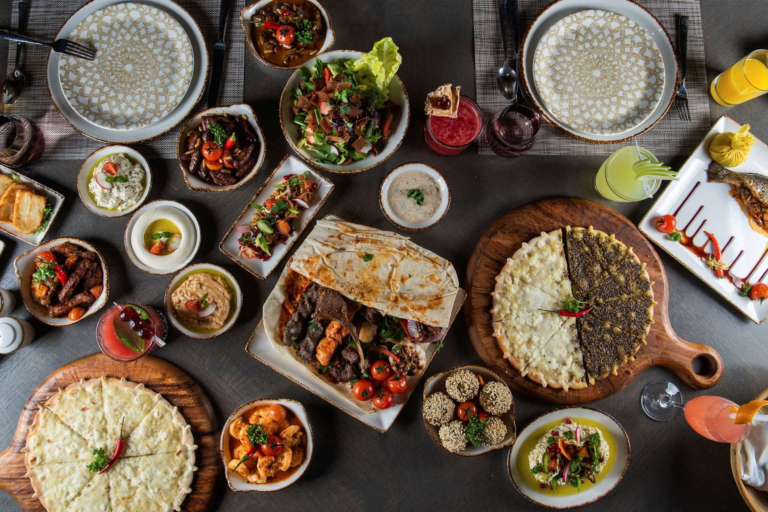Ready, Set, Go! Here’s your go-to guide to Formula One so that next time you’re watching you can understand what’s going on.
A History Lesson

F1 as we know it was forged from the single-seater races of the European Drivers Championship, who imposed regulations to keep those who innovated faster than the field could keep up with in check. These first regulations were called ‘Formula Libre’, largely believed to be where the ‘Formula’ in ‘Formula One’ comes from. These took place in the 1920’s and 30’s, and a brief break for World War 2 later, and Europe was ready to race once again.
The first official Formula One race was believed to have been in 1950 at the Silverstone Circuit in the United Kingdom.
A name you’ll want to know will be the Fédération Internationale de l’Automobile’s or the FIA, the dictator of the ever-evolving regulations of F1.
The Main Players of Formula One

Switching back to the modern day, let’s take a look at the main players of F1. There are usually 10 teams with two racers each (subject to fluctuation).
The current Formula One teams and drivers as of 2023 are:
- Red Bull Racing: Max Verstappen, Sergio Perez
- Mercedes: George Russel, Lewis Hamilton
- Aston Martin: Fernando Alonso, Lance Stroll
- Ferrari: Carlos Sainz, Charles LeClerc
- McLaren: Oscar Piastri, Lando Norris
- Alpine: Pierre Gasly, Esteban Ocon
- Williams: Alexander Albon, Logan Sargeant
- Haas F1 Team: Kevin Magnussen, Nico Hulkenburg
- Alfa Romeo: Zhou Guanyu, Valterri Bottas
- Alfa Tauri: Daniel Ricciardo, Yuki Tsunoda
These teams change regularly from renaming themselves to dropping out and getting replaced entirely. You might also see names of these teams clubbed, but in those cases the first name refers to the team while the second name refers to the engine manufacturer.
The drivers compete for points in the driver’s championship while the teams compete for points in the constructor’s championship. In the driver’s championship, points are only awarded to the top ten driver’s and an extra point is given to the driver with the fastest lap provided they are in the top ten.
Race Weekend
The race weekend is a three-day event consisting of practice, qualifying and the Grand Prix.
Friday consists of 60-minute free practice sessions. The teams use data from these sessions to create their strategies. This is the stage at which new parts are tested and the track is learnt by the driver. Teams also test out their tyre performance.

Saturday has one last free practice for the teams along with qualifying (Q1, Q2, Q3). In the qualifying rounds, teams are constantly knocked out, so it’s pretty high stakes. In the Q1, the five slowest teams are knocked out. In Q2, the clocks are reset, and the same thing happens again, leaving only the top ten teams. The fastest team in the Q3 is given the coveted pole position, which is the most advantageous starting position on the track. In the sprint shootouts, the qualifying times are shorter by a few minutes and renamed to SQ1, SQ2, SQ3 respectively.
Sunday leaves time only for final preparations and the actual race. The time for final preparations gives time for the teams and drivers to adapt to imminent weather conditions. When the red lights are turned off by the race director, the race starts. There is also a mandatory pit stop needed to be made by each team.
The race ends with a podium ceremony with the top three drivers and the national anthem of the winner’s home country being played. The three winners are then ushered into a press conference.
So there’s your bite-sized intro to Formula One!












